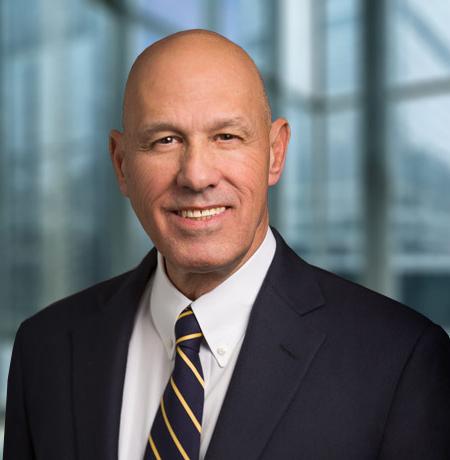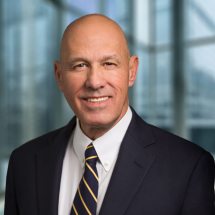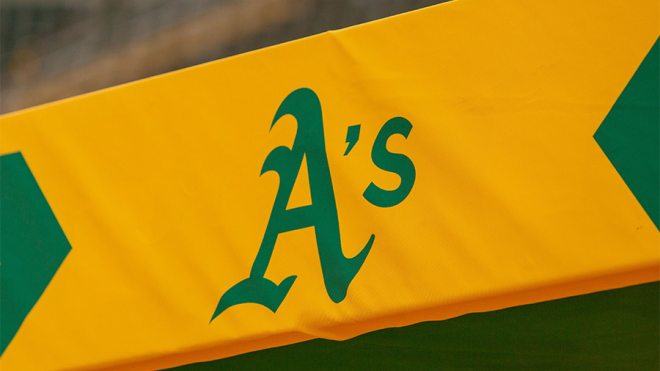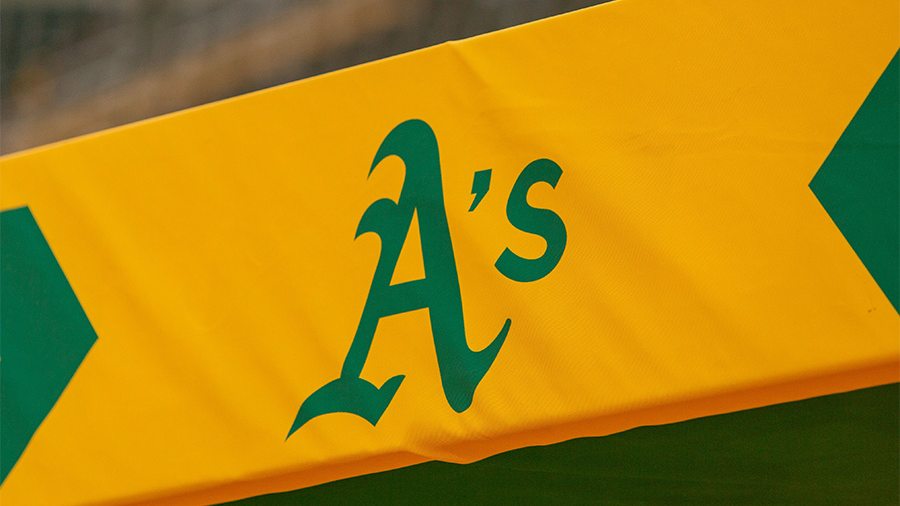Dawn Staley, head coach of the University of South Carolina’s NCAA-tournament-winning women’s basketball team, and Dan Hurley, head coach of the University of Connecticut’s NCAA-tournament-winning men’s basketball team, have something in common. In fact, they have a lot in common.
Most obviously, both coaches led their teams to victory from among 351 teams NCAA Division I teams and 68 teams in the men’s and women’s NCAA Division I tournaments.
Life Stories
It turns out that Staley and Hurley have a far deeper similarity—life stories that formed a foundation of the intensity that led to their recent championships.
Dawn Staley, 53, grew up in the projects of North Philadelphia and lived her life on the basketball courts there. This was a place where basketball wasn’t just a thing, it was the only thing. A former high school classmate of Staley’s (and later an NBA player) Bo Kimble put it this way: “It’s the last bucket of the game and you drive to the basket, (and) they try to take your head off….If you survive on the court in Philly, you can survive anywhere, and Dawn is a product of that.”
Staley was a legendarily tough point guard at Dobbins Tech High School. Under her leadership on the court, Dobbins won three consecutive Philadelphia Public League championships. As a senior, Staley was named USA Today’s National High School Player of the Year.
Staley brought her Philly intensity and her Philly success not only to South Carolina but to her efforts to lift people of color everywhere. Marilyn Stephens, another product of Philly basketball and a basketball legend at Temple University, says of Staley, “It shows how a young girl…can come out of the projects and have such an influence on the world.”
The grit of Philly is a close match for the grit of Jersey City, hometown of UConn head coach Dan Hurley. Hurley, 51, grew up in a family that lived and breathed basketball—and frequently breathed fire as well. As head coach of St. Anthony High School, Hurley’s father, Bob Hurley, Sr., was often described as flammable. He led his team to an almost unimaginable 26 state championships in 39 years. Dan was a star on the St. Anthony team, as was his brother, Bob, Jr., with whom Dan battled in furious one-on-one games on the family driveway. As a player, Dan Hurley was described as “an in-your-face point guard,” who “often looked pissed-off.”
At a recent press conference, Hurley said in his trademark Jersey accent, “I’m…a worse version of (my dad)…and I'm coming for him.” One columnist called Hurley “a throwback to the days when college basketball coaches didn't seem so corporate, publicly beefed with each other, and told you exactly how good they thought they were.”
Would Staley-Style or Hurley-Style Leadership Play in Business?
Both Staley and Hurley bring an intensity to their workplace that is amazing to behold. Watching this on television, some of us love the intensity. Others probably say, “These two are over the top.” Yet this level of intensity has resulted in two extraordinarily competitive NCAA championships.
Which leads me to these questions: Does this type of intensity transfer in any way to complex, large, corporate-style organizations? Would a Dawn Staley-style or Dan Hurley-style leader even be tolerated in a corporate environment today? Are some elements of their intensity transferable while others are not?
Lacking a definitive answer, let me advance a few opinions based on my decades of observing and interacting with corporate and hospital leaders.
A Focus on Goals
In my mind, some characteristics that Staley and Hurley demonstrate not only transfer to a corporate environment but are crucial to effective leadership. The intensity to be successful, to have a single goal in mind, to articulate that goal, and to insist that the organization manage to that goal and not stray from it—that is absolutely transferable. Hospital organizations of size and complexity are unfathomably difficult to lead and to manage today. There is no way to achieve the success that a company like that is striving for unless everybody in the organization understands the goals they are working toward.
“My Way or the Highway”
Staley and Hurley have the reputation as being “my way or the highway” style of leaders. Although this approach has fallen out of favor among business leaders, perhaps an aspect of it still applies. In the best sporting environments, in the environments where success is achieved on a regular basis, there are not multiple agendas. In some organizations, multiple personalities are tolerated, but not multiple agendas. At Hurley’s place and at Staley’s place, there is only one agenda. That’s their agenda. If a player starts questioning the agenda, that player would be invited to hit the transfer portal.
In large corporate organizations, there are so many agendas—profit, innovation, competitive dominance, personal advancement, work-life balance. The list is very long. In some cases, these agendas contribute to the success of the organization. In other cases, they may take away from it. Some modified version of “my way or the highway” can become necessary. My sense is that some employees may resist that approach, but others may welcome it as a way of reducing the kind of chaos and goal uncertainty that can emerge in a large organization.
At a broader level, leaders have to set and stick with a strategic agenda that others may question. An organization may need to make a tough strategic decision—for example, reducing costs in difficult circumstances or making a bet-the-farm investment. How does a complex organization decide to do that? In most cases, this sort of decision comes from the CEO. There may be a lot of discussion and a lot of different opinions before and after such a decision, but a leader cut from the cloth of Staley or Hurley is not going to be pushed off that agenda.
Does a Lack of Overt Intensity Mean a Lack of Desire?
Having pointed out some qualities of intensity that I believe can transfer to the corporate environment, it’s important to note that some CEOs who play to win every day do not feel it’s necessary to demonstrate a Staley/Hurley level of intensity and don’t find it natural to behave that way. Tim Cook at Apple is probably the number one example. Apple plays to win. Look at its results over all these years, the extraordinary profitability, incredible capitalization in the publicly traded markets, continued strong product after strong product, and dominant market position. Yet nobody would ever accuse Tim Cook of being Dan Hurley or Dawn Staley.
Some organizational cultures simply will not tolerate a take-no-prisoners leadership personality. However, in some sports teams, and probably some corporate organizations, that personality will be tolerated, but only while the team, or company, is winning. As soon as they stop winning, the powers that be may decide that the results are no longer sufficient to tolerate a highly intense temperament in the leader.
The Necessity of Intensity
I would invite anyone reading this blog, anyone with a strong interest in leadership, to look hard at Dawn Staley and Dan Hurley—at the grit of their backgrounds, the intensity of their styles, and the unquestionably successful results they have achieved. Although some characteristics of their intensity are probably simply not feasible in a complex organizational environment, I believe we all need to ask ourselves whether truly important results can be achieved without a level of intensity that would be considered out of the ordinary.
Let’s be honest. Bringing the intensity of the Staleys and Hurleys of the world into a traditional business environment would likely burn out traditional corporate executives, not to mention their entire organizations. However, that is not to say that there isn’t something important to take away from leaders in the sports or corporate worlds who may appear to function at a hotter temperature than most.
In a lot of organizations today, that level of intensity is pretty much unacceptable from the get-go—that kind of single-mindedness, achievement-orientation, desire to not just be good, but to be the best. Yet, the highest level of achievement absolutely requires some kind of over-the-top intensity. It might not be manifested in the way that Hurley and Staley manifest it. But in our most successful leaders—in the goals and objectives they’re trying to achieve, and in the way they function in the managerial and business environment—the essence of Staley and Hurley burns bright.








